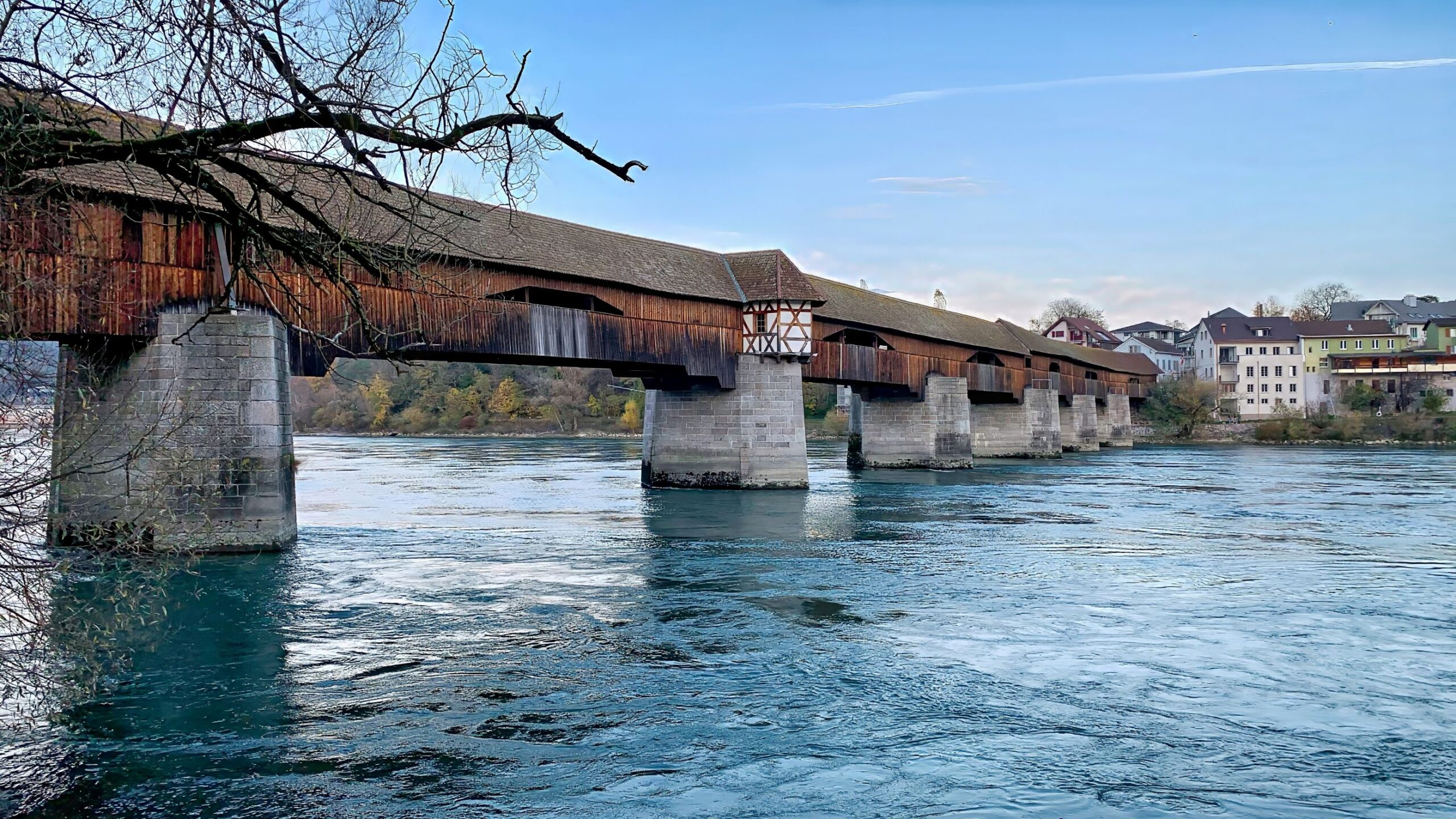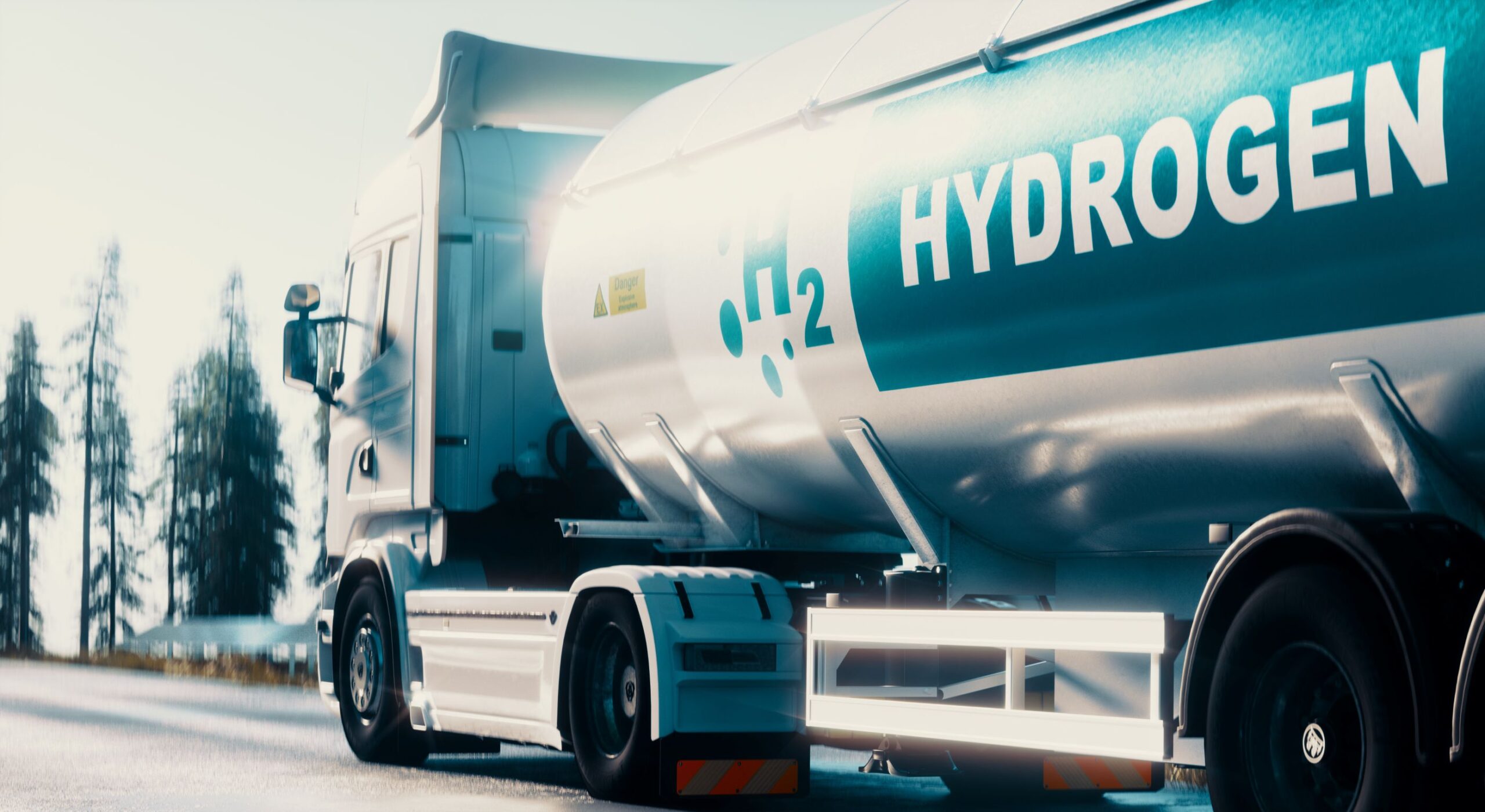Höegh to make final investment decision over floating green hydrogen terminal in Germany

Floating cracker technology is expected to be deployed by late 2027.
Norwegian shipping company Höegh Evi is expected to take a final investment decision (FID) over its ‘world’s first’ floating green hydrogen terminal, its CEO Erik Nyheim told Reuters.
Its project, ‘H2 Import Terminal Lubmin’, is being developed in partnership with Deutsche ReGas, and will be situated in the Baltic Sea.
The floating import terminal is expected equipped with an ammonia cracker – converting green ammonia into hydrogen – producing hydrogen suitable for transportation inland. It is anticipated that it will produce around 30,000 tonnes of hydrogen per year, to be injected into the German Hydrogen Core Network.
Höegh operates three of nine floating storage and regasification (FSRU) units for liquified natural gas (LNG) along the German coast, with the H2 Import Terminal project repurposing the existing LNG infrastructure.
In an interview with Reuters, Mr Nyheim said: “Our aim is to reach a final investment decision (FID) for our Lubmin H2 Terminal project with Deutsche ReGas by the end of this year.”
The earliest date of operation was initially tipped as 2026. Mr Nyheim clarified that developing Lubmin’s terminal is the “first step” to deploying floating cracker technology by “late 2027”.
Earlier this year, Höegh signed a deal to cooperate with Germany’s state-owned energy firm SEFE (Securing Energy for Europe), with the potential of selling green hydrogen at $3 (£2.4/ €2.9) to $3.5 (€3.3/£2.8) per kg by 2027.
At time of the MoU signing, Hamead Ahrary, CSO of SEFE, said the partnership offered “the best conditions to develop international clean hydrogen supply chains to make the energy transition a reality.”

